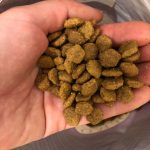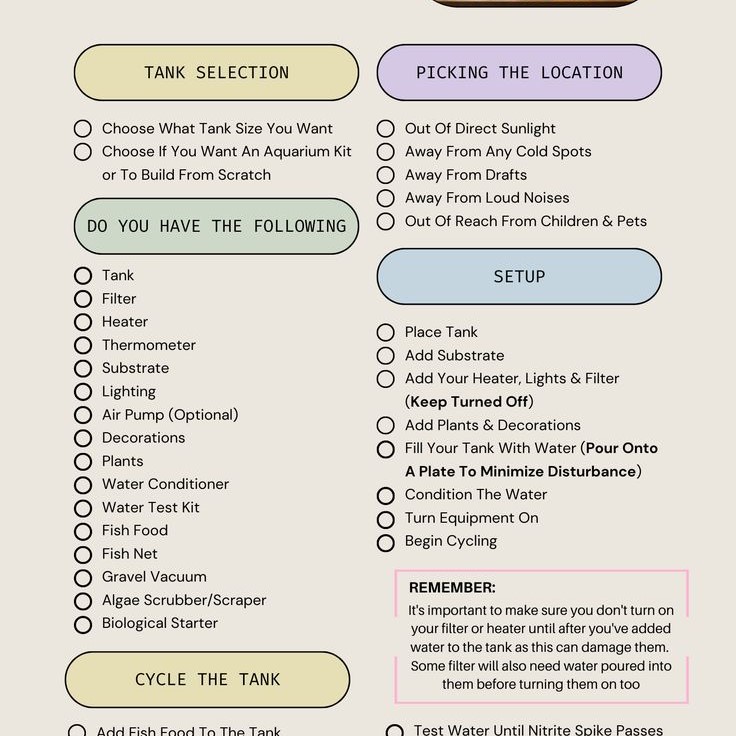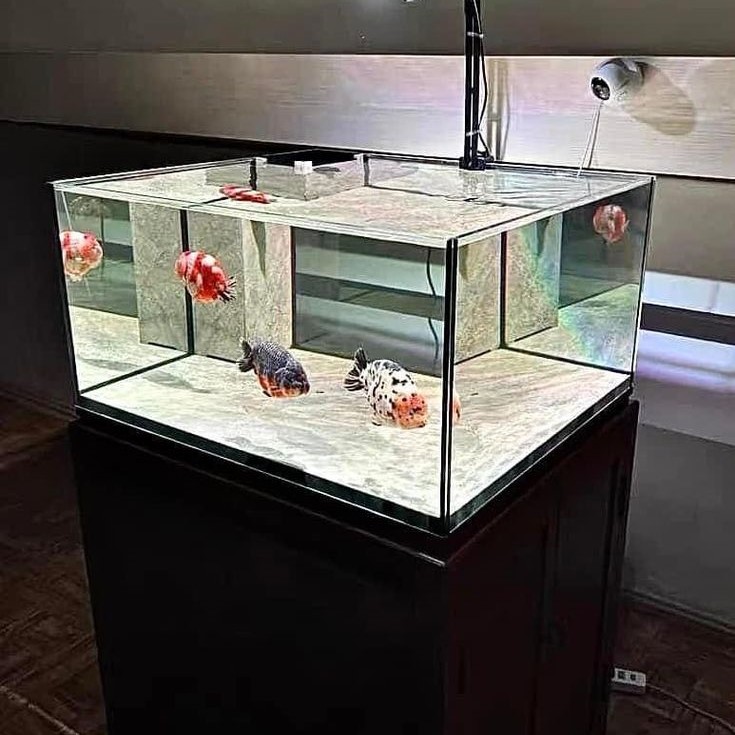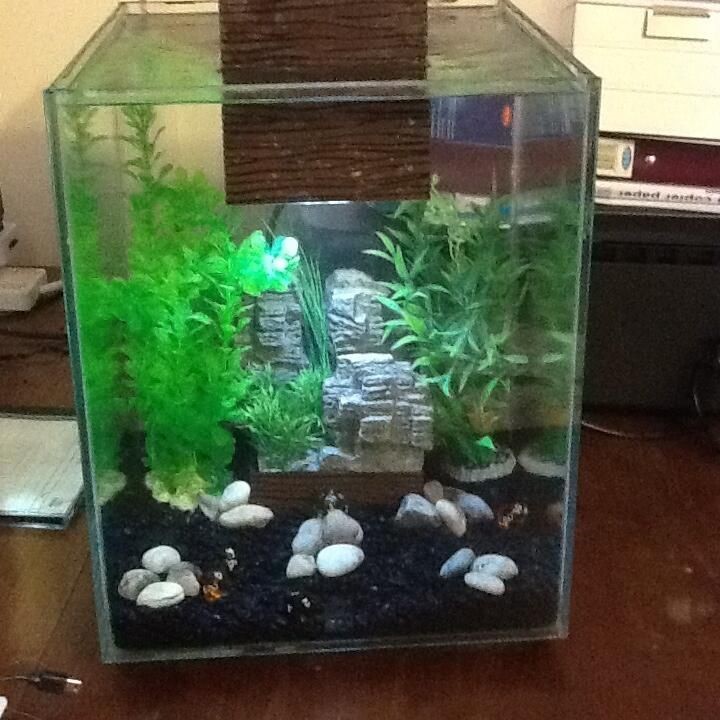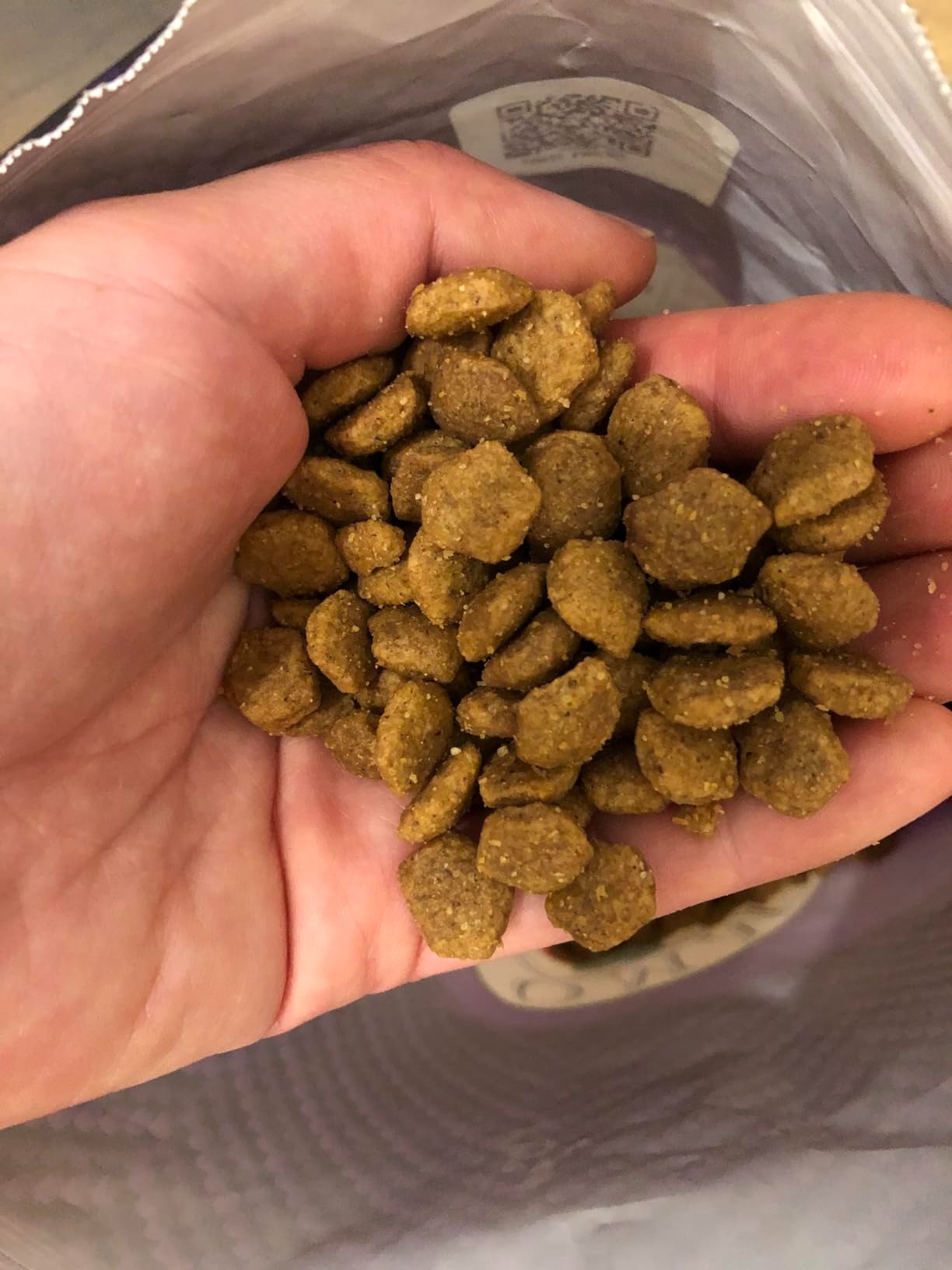Introduction to Setting Up a Fish Tank
Setting up a fish tank is an exciting and rewarding process for beginners. Whether you’re interested in keeping tropical fish, bettas, or even goldfish, having a well-maintained aquarium can bring beauty and calmness to your home. However, it’s important to understand the basics of how to set up a fish tank properly.
A properly set-up fish tank ensures that your fish have a safe, clean, and stable environment. It also helps prevent common problems like poor water quality, stress, and disease. This guide will walk you through each step of how to set up a fish tank, making it easy for anyone to get started.
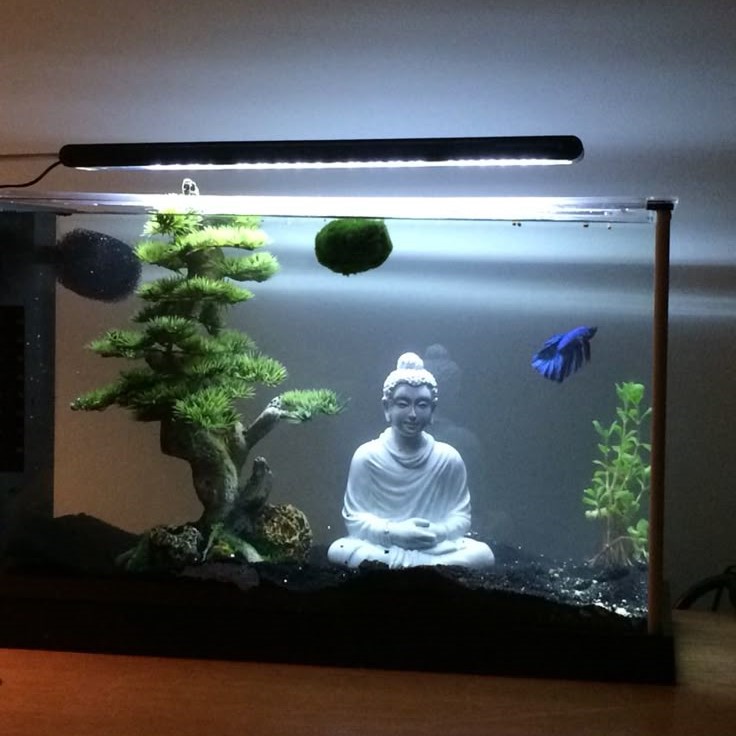
Before you begin, make sure you have all the necessary equipment and materials ready. With a little patience and attention to detail, you’ll be able to create a thriving aquatic habitat for your fish.
Choosing the Right Fish Tank and Location
The first step in how to set up a fish tank is selecting the right size and type of tank. The size of the tank depends on the number and type of fish you plan to keep. A general rule is to provide at least 1 gallon of water per inch of fish, though larger tanks are always better for stability and easier maintenance.
When choosing a location for your fish tank, consider the following:
- Place the tank away from direct sunlight, as it can cause algae growth and temperature fluctuations.
- Ensure the area is stable and level to avoid cracks or leaks.
- Keep the tank away from high-traffic areas or sources of vibration, which can stress your fish.
- Make sure there is enough space around the tank for easy access and cleaning.
Once you’ve selected the right tank and location, you’re ready to move on to the next step in how to set up a fish tank.
Gathering Essential Fish Tank Equipment
To successfully set up a fish tank, you need to gather all the essential equipment. Here’s a list of what you should include:
Filter: A good filter helps remove waste and maintain water quality. Choose one that matches the size of your tank.
- A filter is one of the most important pieces of equipment in your fish tank. It removes harmful waste, uneaten food, and debris from the water.
- Without a proper filter, toxins like ammonia and nitrite can build up, which can be dangerous to your fish.
- There are different types of filters, such as hang-on-back (HOB), canister, and sponge filters. Choose one that suits the size of your tank.
- For example, a 20-gallon tank will need a filter with a higher flow rate than a 10-gallon tank.
- Make sure the filter has a good mechanical, biological, and chemical filtration system to keep your water clean and safe.
Heater: If you’re keeping tropical fish, a heater is essential to maintain a consistent temperature.
- Tropical fish require warm water to thrive. A heater ensures that the temperature stays stable, usually between 75°F and 80°F (24°C to 27°C).
- Fish are cold-blooded, so their body temperature depends on the water around them. Fluctuating temperatures can stress or even kill your fish.
- Choose a heater that is appropriate for the size of your tank. A general rule is 5 watts per gallon of water.
- Place the heater near the filter outlet so it can circulate the water evenly.
- Always use a thermometer to monitor the water temperature and ensure the heater is working properly.
Lighting: Proper lighting not only enhances the appearance of your tank but also supports plant growth.
- Good lighting makes your aquarium look more attractive and brings out the colors of your fish and plants.
- For tanks with live plants, lighting is essential for photosynthesis, which helps the plants grow and stay healthy.
- LED lights are popular because they are energy-efficient and provide a natural spectrum of light.
- The amount of light your tank needs depends on the type of plants you have. Some plants require more light than others.
- Avoid leaving the lights on for too long—most tanks benefit from 8–10 hours of light per day to prevent algae overgrowth.
Substrate: Gravel or sand provides a natural look and helps with biological filtration.
- Substrate is the material at the bottom of your tank, such as gravel or sand. It gives your tank a natural and aesthetic appearance.
- Gravel is often preferred for its ease of cleaning and ability to trap debris, while sand is softer and more natural-looking.
- Substrate also plays an important role in biological filtration by providing a surface for beneficial bacteria to grow.
- These bacteria help break down harmful substances in the water, improving overall water quality.
- When choosing substrate, make sure it’s safe for your fish and doesn’t contain sharp edges that could harm them.
Decorations and Plants: These add visual interest and provide hiding spots for your fish.
- Decorations like rocks, driftwood, and caves give your tank a more natural and appealing look.
- They also provide hiding places for your fish, which helps reduce stress and makes them feel more secure.
- Live plants not only look great but also improve water quality by absorbing nitrates and producing oxygen.
- Artificial decorations are a good alternative if you’re not ready for live plants or want to avoid maintenance.
- Be careful not to overcrowd your tank with decorations, as this can make it harder to clean and may stress your fish.
Water Test Kit: Regular testing helps you monitor water parameters like pH, ammonia, and nitrite levels.
- A water test kit allows you to check important water parameters that affect your fish’s health.
- Key parameters to test include pH, ammonia, nitrite, and nitrate levels.
- Ammonia and nitrite should always be at zero, as they are toxic to fish. Nitrate levels should be kept below 20 ppm.
- Testing your water regularly helps you catch problems early before they become serious.
- Use a reliable test kit and follow the instructions carefully to get accurate results.
- Many beginner aquarists test their water once a week to stay on top of any changes.
Net and Siphon: These tools are useful for cleaning and performing water changes.
- A net is used to gently catch and move fish during cleaning or when adding new fish to the tank.
- A siphon is helpful for removing debris and old water during water changes.
- Using a siphon makes it easier to clean the substrate and remove waste without disturbing the fish.
- You can use a gravel vacuum to clean the substrate while siphoning out dirty water.
- These tools are essential for maintaining a clean and healthy environment for your fish.
- Keep your net and siphon handy and clean them after each use to avoid spreading bacteria.
Gathering these items before starting how to set up a fish tank ensures that you don’t miss anything important.
Preparing the Fish Tank and Adding Substrate
Once you have all the equipment, the next step in how to set up a fish tank is preparing the tank itself. Start by thoroughly cleaning the tank with warm water and a mild soap. Avoid using harsh chemicals, as they can harm your fish later.
After cleaning, place the substrate (gravel or sand) at the bottom of the tank. The depth should be about 2-3 inches to allow for proper filtration and aesthetics. You can also add decorations and plants at this stage to create a natural environment for your fish.
Make sure the tank is placed on a sturdy stand or table. Once everything is in place, fill the tank with dechlorinated water. Let the water sit for a few hours to reach room temperature before moving on to the next step.
This preparation is a crucial part of how to set up a fish tank and sets the foundation for a healthy aquarium.
Installing the Filter and Heater
After the tank is filled with water, it’s time to install the filter and heater. These two pieces of equipment are essential for maintaining a healthy environment for your fish.
For the filter, follow the manufacturer’s instructions to assemble and place it inside the tank. Most filters are designed to sit on the back of the tank or hang over the edge. Make sure the filter is fully submerged and running smoothly.
Next, install the heater. Place it near the filter outlet so it can circulate the water evenly. Set the temperature according to the needs of your fish—most tropical species require a temperature between 75°F and 80°F (24°C to 27°C).
Once both the filter and heater are installed, let the system run for at least 24 hours to stabilize the water conditions. This step is vital in how to set up a fish tank and ensures a safe environment for your fish.
Cycling the Fish Tank Before Adding Fish
Cycling the fish tank is one of the most important steps in how to set up a fish tank. This process allows beneficial bacteria to grow in the filter, which helps break down harmful substances like ammonia and nitrite.
To cycle your tank:
- Add a small amount of fish food or ammonia solution to start the nitrogen cycle.
- Test the water daily using a test kit to monitor ammonia, nitrite, and nitrate levels.
- Wait until the ammonia and nitrite levels drop to zero before adding any fish.
This process usually takes 4 to 6 weeks. During this time, avoid adding fish to the tank. Cycling ensures that your tank is ready to support life and prevents shock or illness in your fish.
By completing this step, you’re taking a responsible approach to how to set up a fish tank and protecting the health of your future pets.
Adding Fish and Maintaining the Tank
Once your tank is cycled and ready, it’s time to add your fish. Choose fish that are compatible with each other and suitable for your tank size and conditions. Avoid overcrowding the tank, as this can lead to stress and poor water quality.
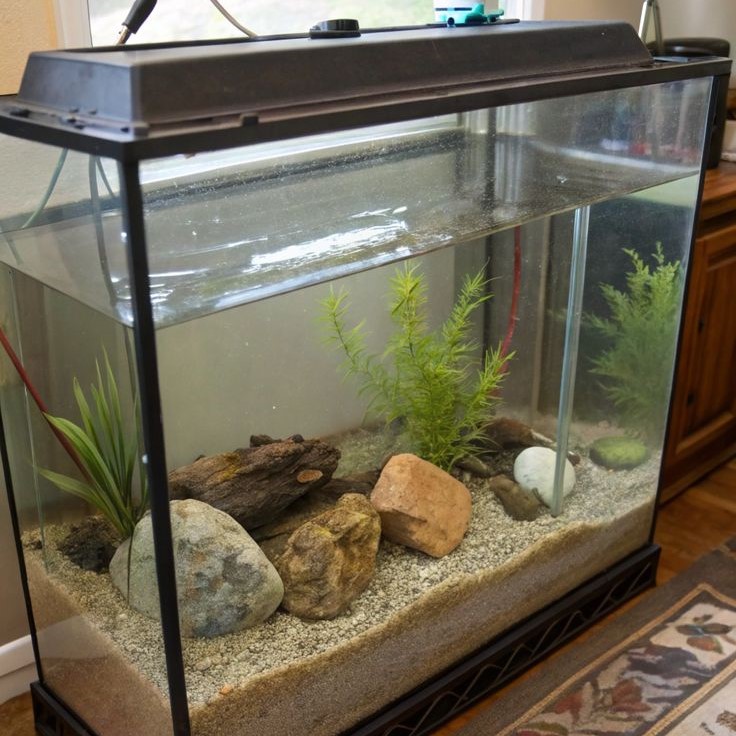
When introducing new fish, acclimate them slowly by floating the bag in the tank for 15–20 minutes. Then gradually mix the tank water into the bag before releasing the fish.
After adding your fish, continue to monitor the water parameters regularly. Perform weekly water changes of 10–20% to keep the tank clean and healthy. Feed your fish a balanced diet, and avoid overfeeding, as excess food can pollute the water.
Maintaining your fish tank is an ongoing process, but with regular care, your aquarium will thrive. This is a key part of how to set up a fish tank and ensures long-term success.
Conclusion
How to set up a fish tank requires careful planning, the right equipment, and proper maintenance. By following the steps outlined in this guide, you can create a beautiful and healthy environment for your fish.
From choosing the right tank and location to cycling the water and adding fish, each step plays a role in ensuring a successful aquarium. Remember to be patient and stay committed to the care of your fish.
With the knowledge and tools provided here, you’ll be well on your way to becoming a confident and responsible fish keeper.

